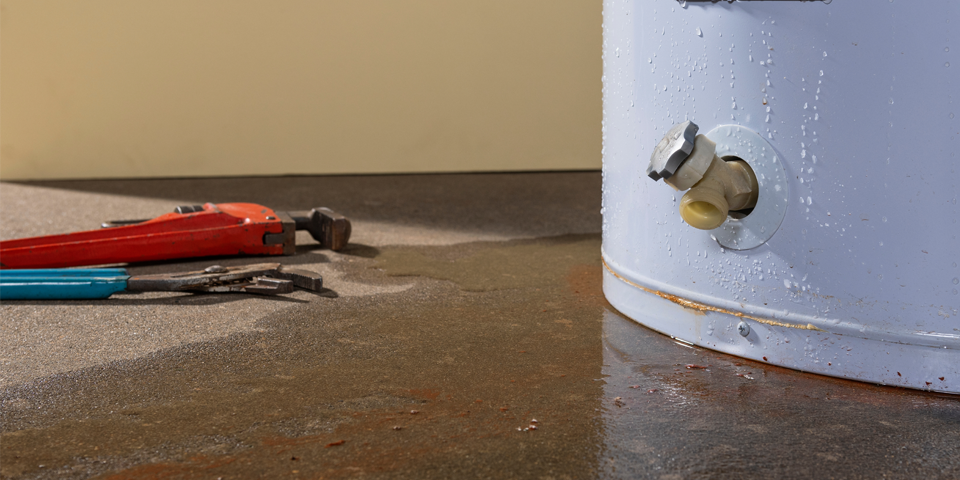According to the National Multifamily Housing Council, damage from water leaks are the #1 cause of insurance claims.
At Sensor Industries, our team regularly speaks with the owners and managers of multi-dwelling units, and what they often tell me us that “water leaks are just a normal cost of business”.
And to be honest, we don’t blame them for thinking about it like this.
But it doesn’t have to be this way.
The reason water leaks are considered a normal cost of business in multifamily real estate is simply because of the reactive way in which most leaks are detected.
In most buildings, that process looks like this:
- A water leak begins (behind the wall in someone’s apartment, from a water heater in a boiler room , etc.)
- The property manager or maintenance personnel is unaware of the leak
- Eventually, enough water accumulates to be noticeable and a resident reports the leak to the property manager or maintenance personnel.
- Depending on the severity if the leak, the property manager sends onsite maintenance to investigate and repair the leak or shut off water and call an external plumber.
The biggest flaw in this process is that it relies on a person (generally a resident) to detect and report the leak. This flaw is so critical because of how damaging water leaks are.
Some leaks, like pipe ruptures, are typically visible in a short amount of time. Other leaks, such as pinhole leaks or bathroom floods, can start small.
In both situations, water starts causing damage to wood, drywall and even foundations the second it makes contact.
The longer it has time to sit, the greater the damage is to those materials and the higher the risk secondary damage, like mold growth, starts to happen.
But as we’ve already alluded to… it doesn’t have to be this way.
To make the shift from viewing water leaks as a “normal cost of business” to something that can be efficiently managed and minimized, we recommend a more proactive approach to tackling this problem.
Here’s what a proactive approach looks like:
Step 1: Install commercial-grade leak detectors in all risk-prone areas throughout the property
Step 2: Set up a monitoring system that alerts all appropriate individuals whenever a leak is detected).
Step 3: Have a predetermined playbook for how to respond to leaks based on their size, location in the building, and potential damage to the property (similar to a triage system in an emergency room)
Because this process starts proactively based on a system that is watching 24/7/365 vs reactively when a human notices a leak, the speed in which these steps are completed is much faster, resulting in a shorter amount of time that water is leaking.
Less time water is leaking equals:
- Less water waste (and a lower water bill)
- Decreased property damage (lower repair costs and less risk of mold growth)
- Decreased insurance claims (and potentially reduced insurance premiums)
It takes some work upfront to change the way they detect and respond to water leaks, but with a proactive approach, building owners are able to minimize damage to their property and increase their Net Operating Income in the process.
Plus, they get to accomplish these goals while minimizing stress for their property managers and improving the living experience for their residents.
Leading Properties Protect Against Water Intrusion Events and Save Money

